català
español
english
français
Archaeology and political and cultural Catalanism
The origins of an exceptional decade, 1907-1914
World War 1, Mancommunity, IEC and Pere Bosch Gimpera
1915. A first attempt at professionalization
Catalan archaeology’s prodigious decade
Catalan archaeology in and beyond Catalonia
The great adventure in Baix Aragó
The Balearic and Pityuses Islands: the personal project of J. Colominas
The final agony of a prodigious decade
The Historical-Archaeological Section and the Balearic and Pityuses Islands: the most personal project of Josep Colominas
In 1916 the Historical-Archaeological Section of the Institute of Catalan Studies began to study scientifically the archaeological remains on the Balearic and Pityuses Islands. Up to then, the archaeological heritage of these islands had stirred an interest in many experts, above all from abroad, but had only ever been studied in a very fragmentary fashion as part of comparative studies based on existing collections and visible remains. No scientifically programmed excavations had ever been carried out.
The precedents
The first studies of these archaeological remains were published in Mallorca in 1885 in the Boletín de la Sociedad Arqueológica Luliana, the journal of an entity, founded in 1880, whose aim was to safeguard and preserve in a single museum the island’s heritage that at that time was in the hands of numerous private collectors.
Archaeological explorations on Ibiza first began in 1903, the year the Sociedad Arqueológica Ebusitana was founded. The aim of this society was to gather together all the chance archaeological discoveries that had been made since the mid-19th century, and to begin a programme of exploration of some of the island’s archaeological sites – for example, the well known site of Puig des Molins – and of Formentera. In 1907 all the objects that this society had managed to gather together in a museum were donated to the Spanish State, which that year named Rafael Vidal Garcia as the director of this new museum. A new director, Carlos Roman Ferrer, took charge of this state-directed museum in 1911 and restarted the excavations on El Puig des Molins from 1913 onwards.
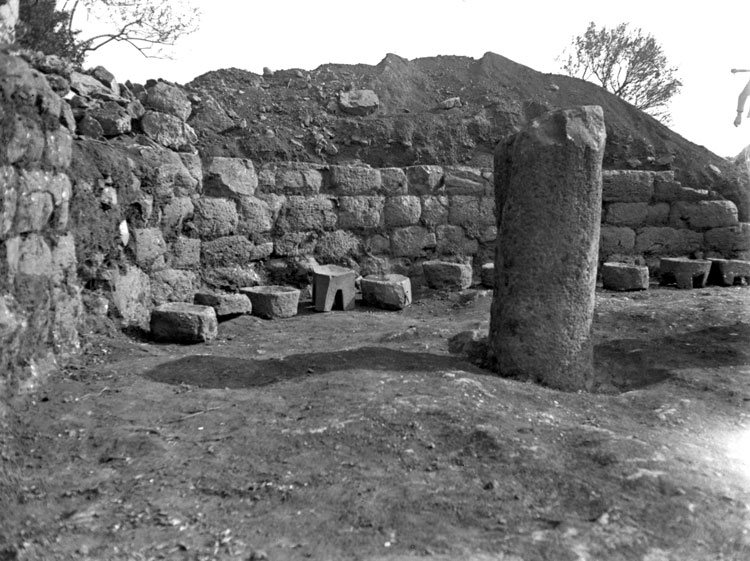
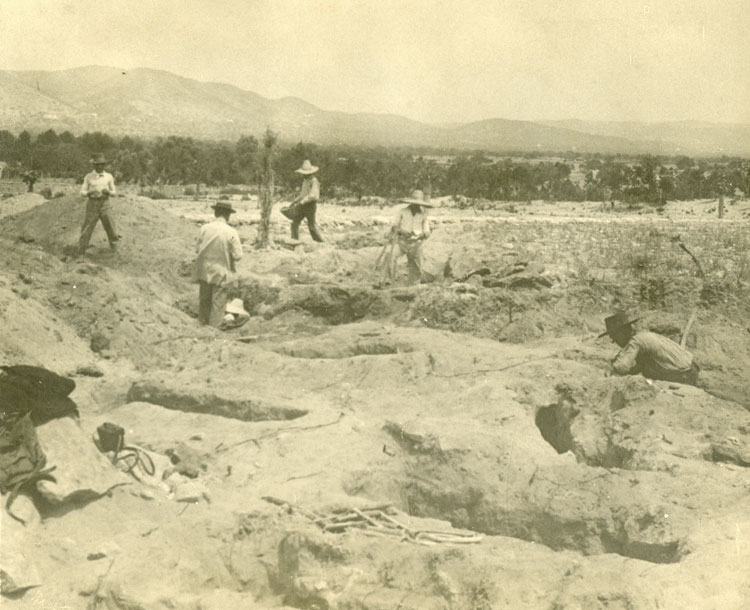
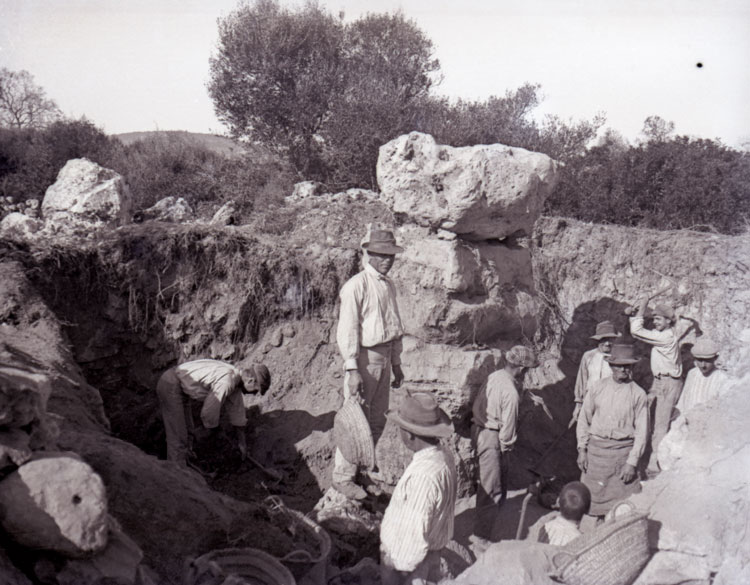
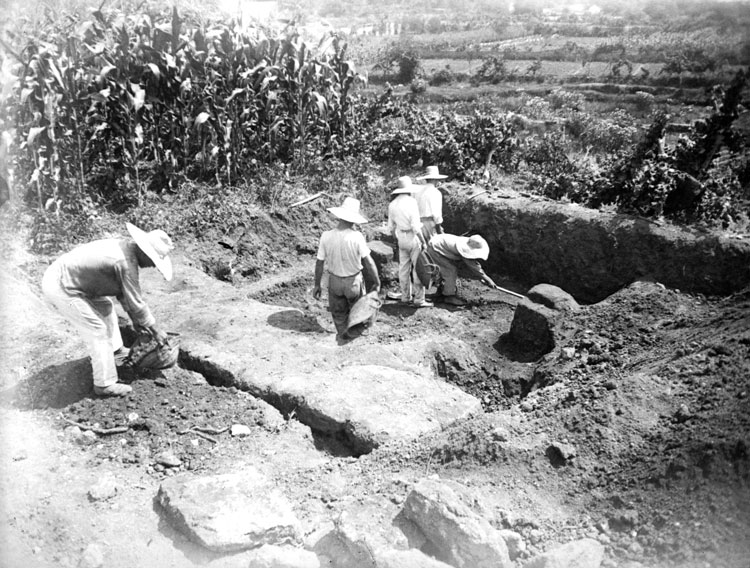
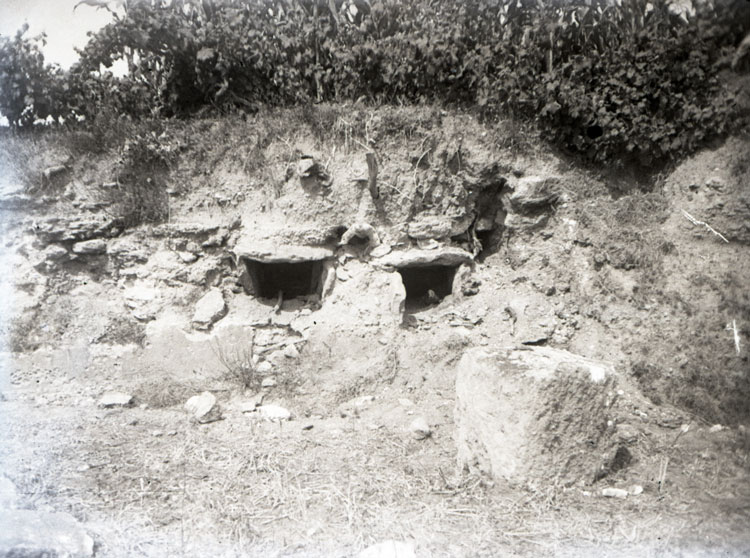
Small Roman temple situated inside the site at Els Antigors (Ses Salines, Mallorca). 1916.
MAC Archive.
Colominas Collection.
Excavations at the necropolis of Can Flit (Sant Antoni, Ibiza). 1916.
Unknown author.
MAC Photographic Archive.
Excavating inside the talaiot at Des Velar (Sencelles, Mallorca). Between 1918 and 1920.
MAC Photographic Archive.
Excavations at Santa Eulàlia (Ibiza). 1916.
MAC Photographic Archive.
Colominas Collection.
Excavations at Santa Eulàlia (Ibiza). 1916.
MAC Photographic Archive.
Entrance to the artificial cave of Des Rafal (Santa Eugènia, Mallorca). 1916. Spanish Iconographic Repertory data sheet.
MAC Photographic Archive.
Colominas Collection.
Mallorca and Ibiza, two very different stories
The archaeological excavations on these islands were not conducted scientifically until the explorations directed by Josep Colominas from the Institute of Catalan Studies got underway in 1916. In March 1916 Colominas got underway his work on the islands by beginning excavations on Ibiza, where he first explored El Puig des Molins and other less important sites. He managed to establish a small group of workers directed by a trusted colleague, Josep Marí. Throughout summer 1916, Colominas worked on Ibiza and Mallorca: in July he was excavating Cova de Son Taixaquet (Llucmajor) on Mallorca and in August he dispatched to Barcelona the first lot of pieces from the excavations at El Puig des Molins.
Back on Mallorca in autumn 1916, Corominas worked on the talaiots of Santa Eugènia and Sencelles, on the site at Ses Salines de Santanyí and at the basilica of Son Peretó. His comings and goings from the islands were to become a feature of the following years, during which time he also worked on Menorca and Formentera.
The Institute had to resign itself to only taking part in some of the less important tasks on Ibiza; Corominas even paid Antonio Vives Escudero 125 pesetas in compensation for the Institute’s excavations on El Puig des Molins, where Escudero had preference due to the permit he had been awarded.
The excavations on Mallorca were somewhat more fruitful. Of note are the excavations at Capocorb Vell in Llucmajor from 1917 onwards, conducted by Josep Colominas with remarkable dedication and intensity until at least 1926. At the same time, Colominas also excavated in many nearby sites such as Son Julià, Son Dalabau and Son Cresta.
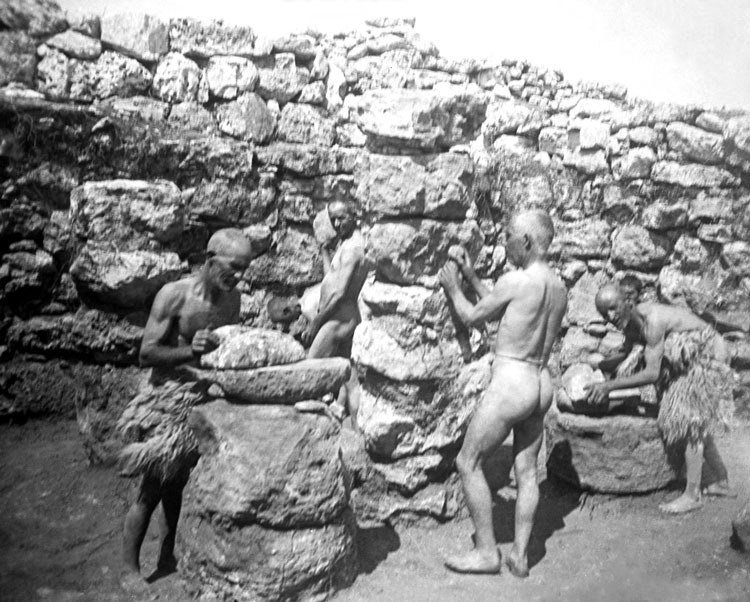
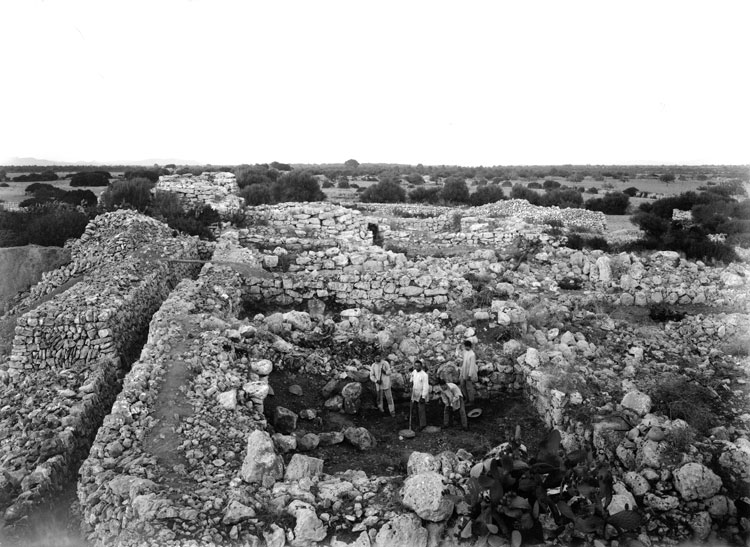
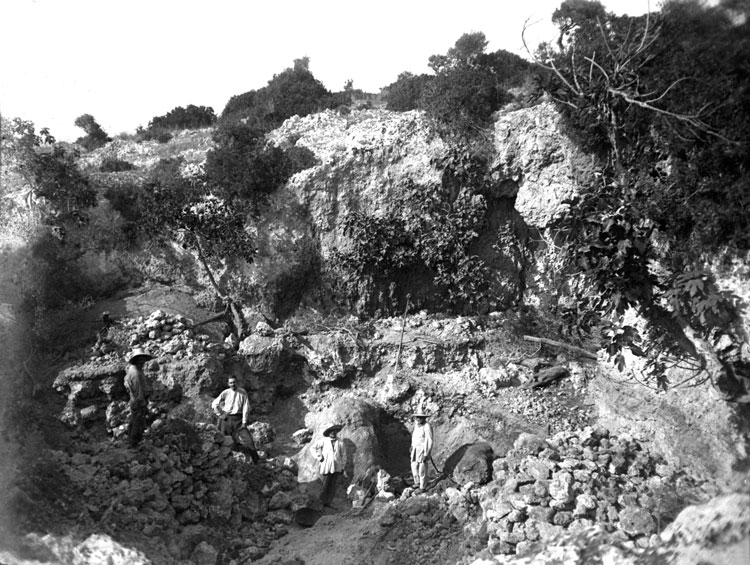
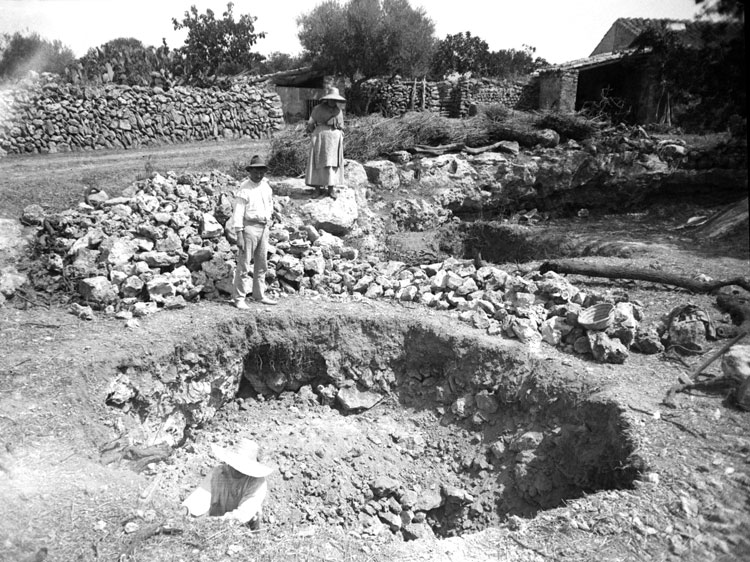
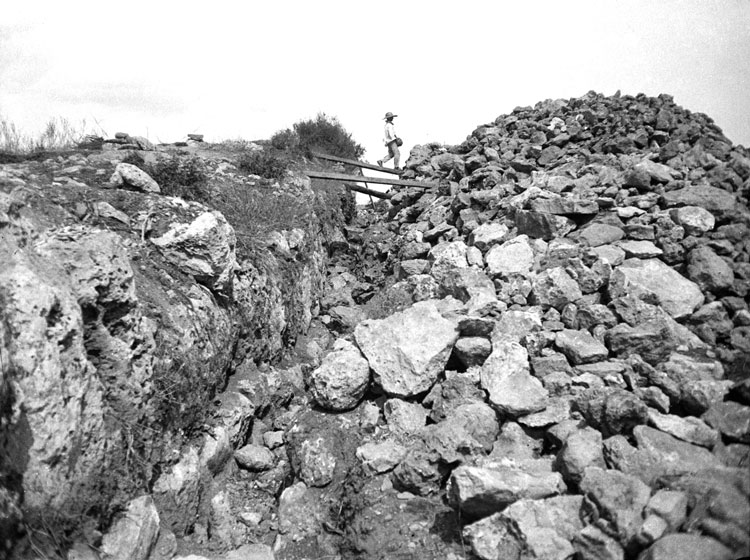

Picturesque recreation of the life style of the inhabitants of the Talaiotic settlement of Capocorb Vell (Llucmajor, Mallorca). 1918.
MAC Photographic Archive.
Colominas Collection.
Excavation of the Talaiotic site at Capocorb Vell (Llucmajor, Mallorca). 1918.
MAC Photographic Archive.
Colominas Collection.
Excavations at the entrance to Cova Monja de Biniali (Sencelles, Mallorca). 1919.
MAC Photographic Archive.
Colominas Collection.
Excavations of the funerary cave at Son Cresta (Llucmajor, Mallorca). 1918.
MAC Photographic Archive.
Colominas Collection.
Excavations of the wall of the Talaiotic settlement of Son Julià (Llucmajor, Mallorca). Between 1916 and 1920.
MAC Photographic Archive.
Colominas Collection.
Excavations in the cave of Son Taixaquet d'en Toni (Llucmajor, Mallorca). Between 1915 and 1920.
MAC Photographic Archive.
Colominas Collection.